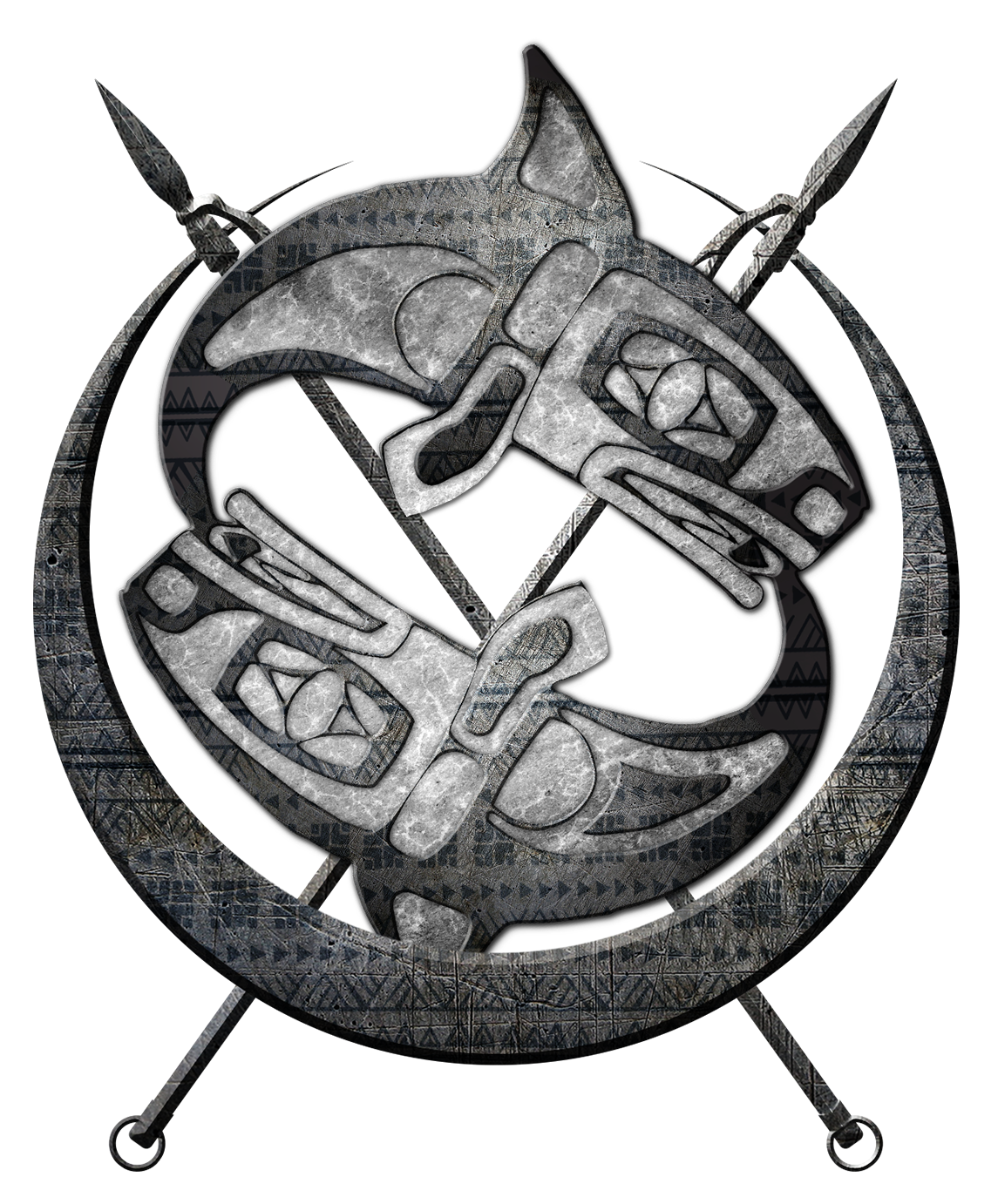Yivrian nouns
Case and Number
The Yivrian noun inflects for case and number. In general, Yivrian nouns follow a simple rule whereby case endings are suffixed to stems which end in a consonant, but infixed before the final vowel of a stem that ends in a vowel. This general rule is further modified in a number of special cases, but this basic principle is illustrated below.
C-class nouns
The C-class nouns are those which end in a consonant, and which use the suffix -i as the plural marker. The plural marker follows the case marker.
| Case | Affix | mirrid “wind” (sg) | (pl) |
|---|---|---|---|
| Nominative | (none) | mirrid | mirridi |
| Genitive | a- | amirrid | amirridi |
| Ablative | -on- | mirridon | mirridoni |
| Dative | -os- | mirridos | mirridosi |
| Malefactive | ru- -os | rumiridos | rumirridosi |
(The usage and significance of the cases is discussed below.)
V-class nouns
The V-class nouns are those which end in a vowel, and which use the suffix -r as a plural marker. The case marker, as mentioned above, is infixed before the final vowel of the stem.
| Case | Affix | gaimo “ewe” | (pl) |
|---|---|---|---|
| Nominative | (none) | gaimo | gaimor |
| Genitive | a- | agaimo | agaimor |
| Ablative | -on- | gaimono | gaimonor |
| Dative | -os- | gaimoso | gaimosor |
| Malefactive | ru- -os | rugaimoso | rugaimosor |
U-class nouns
The U-class nouns are a distinctive set of nouns that end in a consonant and are typically monosyllabic, which are marked by two distinctive features:
- They feature a vowel alternation in the stem. The stem has a strong form, found in the nominative and the genitive, and a weak form found in all of the other cases.
- They use an alternate form of the case endings featuring a raised vowel.
| Case | Affix | wel “wolf” | (pl) |
|---|---|---|---|
| Nominative | (none) | wel | weli |
| Genitive | a- | awel | aweli |
| Ablative | -un- | walun | waluni |
| Dative | -us- | walus | walusi |
| Malefactive | ru- -us | ruwalus | ruwalusi |
The vowel alternation between the strong and the weak form of the U-class nouns is predictable, and follows the following pattern:
| Strong vowel | Weak vowel |
|---|---|
| e, o | a |
| i | e |
| u | o |
| ei, oi | ai |
| ii | ei |
| ui | oi |
(Note that diphthongs are uncommon in U-class nouns, but are listed in this table for completeness.)
Minor classes
The following noun classes are largely the same as one of the three classes above, but they exhibit minor additional alternations or complications.
K-class nouns
The K-class nouns are a variant of the V-class nouns which exhibit an alternation between s and k in the dative and malefactive cases.
| Case | Affix | vassa “song” | (pl) |
|---|---|---|---|
| Nominative | (none) | vassa | vassar |
| Genitive | a- | avassa | avassar |
| Ablative | -on- | vassona | vassona |
| Dative | -os- | vakosa | vakosar |
| Malefactive | ru- -os | ruvakosa | ruvakosar |
IND-class nouns
The IND-class nouns are a variant of the U-class nouns which are characterized by the ending -ind in the nominative and dative, which is dropped in the other three cases. These nouns are, as a rule, disyllabic in the nominative but have a monosyllabic stem in the other cases, and they do not show a vowel alternation.
| Case | Affix | akind “knot” | (pl) |
|---|---|---|---|
| Nominative | (none) | akind | akindi |
| Genitive | a- | aakind | aakindi |
| Ablative | -un- | akun | akuni |
| Dative | -us- | akus | akusi |
| Malefactive | ru- -us | ruakus | ruakusi |
Semantics of the noun cases
(This section probably could use a lot more detail.)
Yivrian is, at its core, a nominative/accusative language, and the usage of the cases will be mostly analogous to those familiar with European case systems, though there are some wrinkles.
- The nominative is used as:
- The reference form for all nouns
- The subject of sentences (transitive or intransitive)
- The object of active verbs (equivalent to the accusative in European languages)
- The object of adjectival prepositions (that is, prepositional phrases that occur within a noun phrase)
- The genitive is used to indicate possessors.
- The ablative is a very diverse case, the result of phonological collision between multiple ancestral cases:
- Meaning at this time when used with nouns indicating time or occasions
- Meaning in this place when used with nouns indicating places
- Instrumental when used with nouns for inanimate objects: using X or by means of X
- The agent of a verb in the passive voice
- The object of adverbial prepositions (that is, prepositional phrases that are not part of a noun phrase and modify the verb or the sentence as a whole)
- The dative is used as:
- The recipient or beneficiary of an action, especially in ditransitive verbs
- The object of most stative verbs
- The malefactive is a variant of the dative which is usually used to indicate that someone is harmed or deprived by an action:
- The recipient of an action with ditransitive verbs, when the recipient is harmed
- With an elative meaning when used alongside the dative, i.e. “I take something from you (malefactive) for him (dative)”
- The object of some stative verbs with negative affect
(I should provide examples of all of these elsewhere.)
